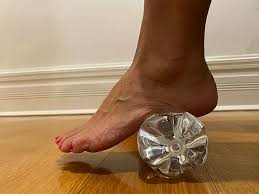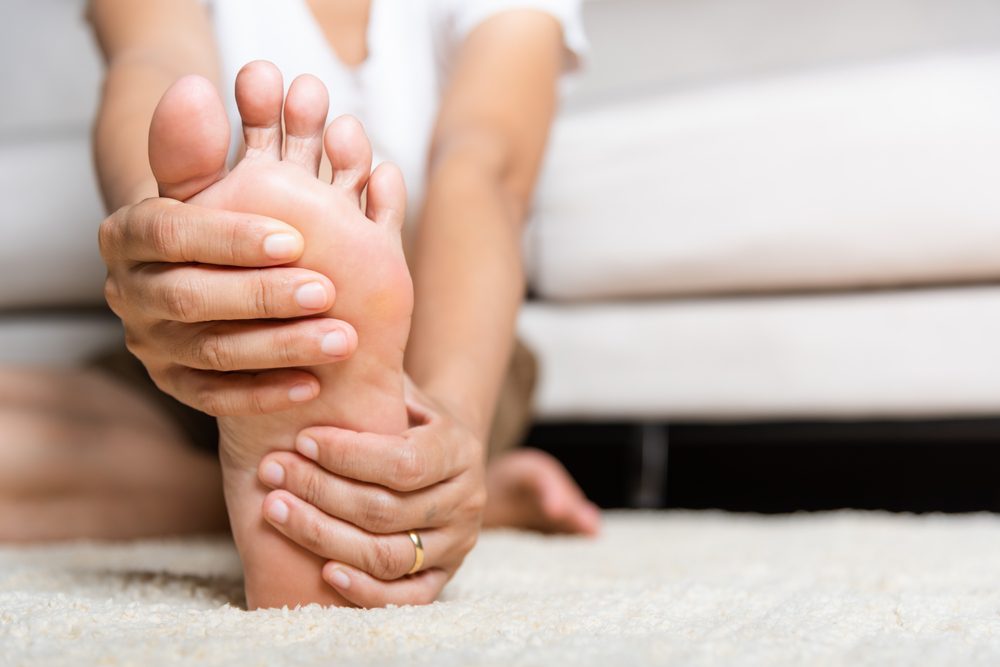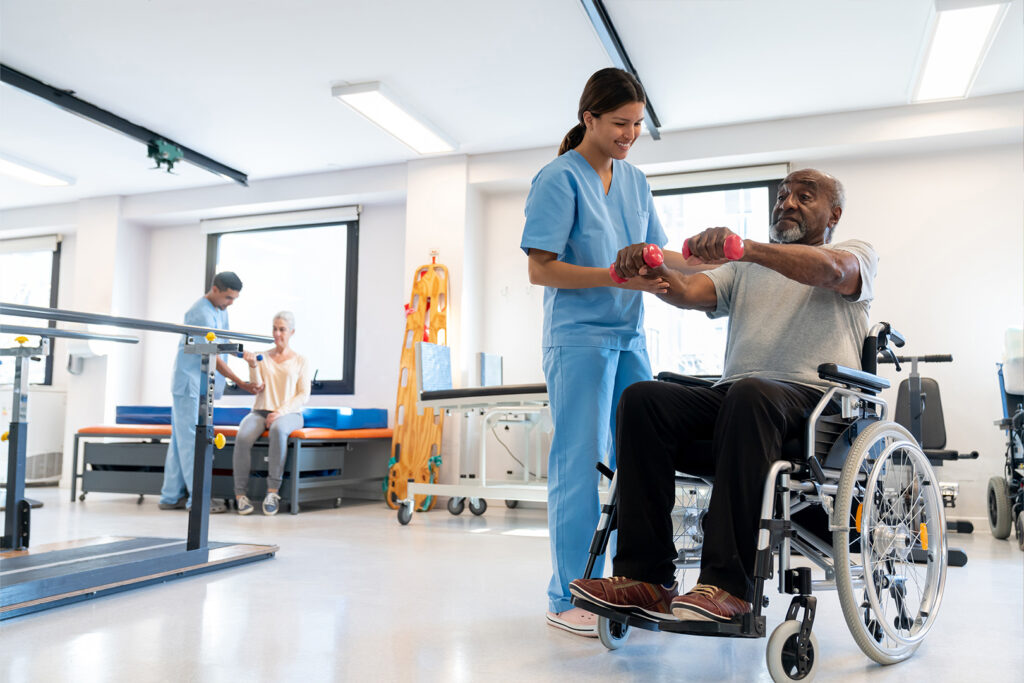Strong and healthy feet are necessary for everyday activities like walking, running, or simply standing comfortably. Yet, many people overlook the benefits of exercising their feet. Podiatrists emphasize that incorporating targeted exercises into your routine can help improve foot strength, flexibility, and balance. Understanding these exercises to strengthen your feet can support mobility and enhance overall foot health.
Warm Up Your Feet
Podiatrists recommend starting any foot exercise routine with a thorough warm-up. Before engaging in any focused foot exercises, it’s beneficial to prepare your muscles with a gentle warm-up. Proper warm-ups enhance circulation and reduce stiffness, promoting better performance and minimizing the risk of strain. Start by sitting down and spreading your toes apart, holding the stretch for five seconds before relaxing. Repeat 10 times. Follow this with ankle rolls to loosen up the joints. Extend one leg and rotate your ankle clockwise for 10 rotations, then repeat the counterclockwise rotation. Switch to the other leg and repeat the process. Warming up your feet properly creates a solid foundation for the exercises that follow.
Build Arch Strength Daily
Targeting your feet’s arches with daily exercises can help prevent fatigue and enhance structural support. Incorporate the following simple yet effective activities into your routine:
- Towel Curls: Place a small towel flat on the floor. Using only your toes, scrunch the towel toward yourself, then release. Perform this exercise for 2-3 minutes on each foot.
- Toe Squeezes: Sit comfortably and place a foam or rubber ball between your feet. Squeeze the ball together with your toes and maintain the pressure for five seconds before releasing. Repeat 10 times.
- Doming: While standing, press the base of your toes into the floor and lift the arch of your foot upward. Hold for three seconds, then lower. Perform two sets of 10 repetitions on each foot.
These focused activities help build strength in the muscles that support your arch, contributing to better overall foot mechanics.
Improve Balance and Stability
Strong, stable feet are key to maintaining balance and preventing falls. Incorporating balance exercises that engage your entire body while emphasizing foot stability can provide significant benefits. One simple exercise is the single-leg stand. Stand on one leg while keeping the other knee slightly bent. Aim to maintain your balance for at least 30 seconds before switching to the other side. For an added challenge, try closing your eyes or standing on a soft surface to engage your foot’s stabilizing muscles further.
Another option is dynamic balance drills, such as heel-to-toe walking. Take slow, deliberate steps across a room, placing the heel of one foot directly in front of the toes of your other foot. Repeat for 10 to 15 steps. These exercises train your feet and lower body to work together, improving overall stability.
Ask Your Podiatrist Before Starting
Before starting any new exercise program for your feet, it’s a good idea to consult with your podiatrist, especially if you have existing foot conditions or pain. A podiatrist can guide you through exercises tailored to your specific needs and help you avoid overexertion or injury. By working closely with your podiatrist and tailoring your efforts to your current foot health, you can safely build strength and improve mobility.





Leave a Reply